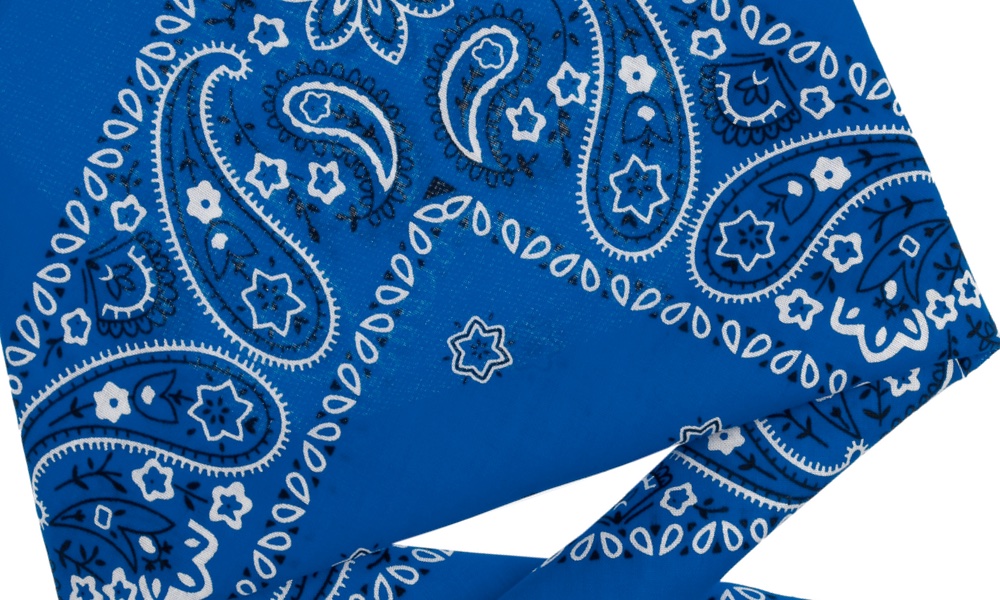Most people around the world know about the importance of wearing a mask to contain the spread of SARS-CoV-2. These kinds of face coverings protect us from inhaling the virus particles expelled by those who may be symptom-free but carry and spread the novel coronavirus. They also prevent us from exhaling coronavirus particles into the air ourselves.
Masks have become fashion accessories as well as public health necessities. From folded bandanas and paper surgical masks to the coveted N95 respirators, as well as new hacks, devices and mask enhancements, there seems to be an endless array of face protections to choose from. But the big question remains: Which kind offers the most effective protection?
A recent study published in the journal, JAMA Internal Medicine, answers that question. The research looked at several of the most popular mask options and tested their rate of protection. Based on the study’s findings, we can choose our face coverings with more confidence.A cotton bandana folded “bandit” style might look cool, but offered only 49 percent protection.
As the masked subject made a series of repetitive movements of his torso, head and facial muscles, the droplet exposure rate was measured. The idea was to mimic the way exposure to SARS-CoV-2 would occur if carriers of the virus were out talking and interacting with others in public.
“Limiting the amount of virus is important,” Emily Sickbert-Bennett, co-author of the study, said in a statement. “Because the more viral particles we’re exposed to, the more likely it is we will get sick and potentially severely ill.”
So which masks turned out to offer the best protection?
Two types of masks were investigated: Seven consumer-grade masks and five medical facemasks. Among the consumer masks, the type that garnered the highest rating for protection was a 2-layer woven nylon mask with ear loops and a nose bridge — a wire insert that molds to the bridge of the nose. It scored a 79 percent protection rating. A cotton bandana folded “bandit” style might look cool, but offered only 49 percent protection.
The N95 Respirator was the clear winner among the medical masks. It rated a score of 98 percent protection. The downside of this mask is that breathing is often difficult when the mask is on.The CDC now recommends wearing a mask at home if someone living or visiting there has tested positive or has been exposed to the virus.
According to the researchers, the popular blue surgical mask offers only 38.5 percent effective filtration of particles. But when ear loops were adjusted to tighten the fit, the protection was improved to 60.3 percent. Add a layer of nylon to the surgical mask and effectiveness jumped to 80 percent.
The Centers for Disease Control (CDC) issued its strongest mask guidance since the pandemic began. The CDC is now calling for “universal mask wearing” in all activities outside your own home. They point to research that shows around 50 percent of coronavirus spread comes from people who don’t exhibit any symptoms. The CDC now recommends wearing a mask at home if someone living or visiting there has tested positive or has been exposed to the virus.
The findings, show, if you still needed more proof, that choosing an effective mask that fits well and using it whenever necessary will help to check the spread of COVID-19.





